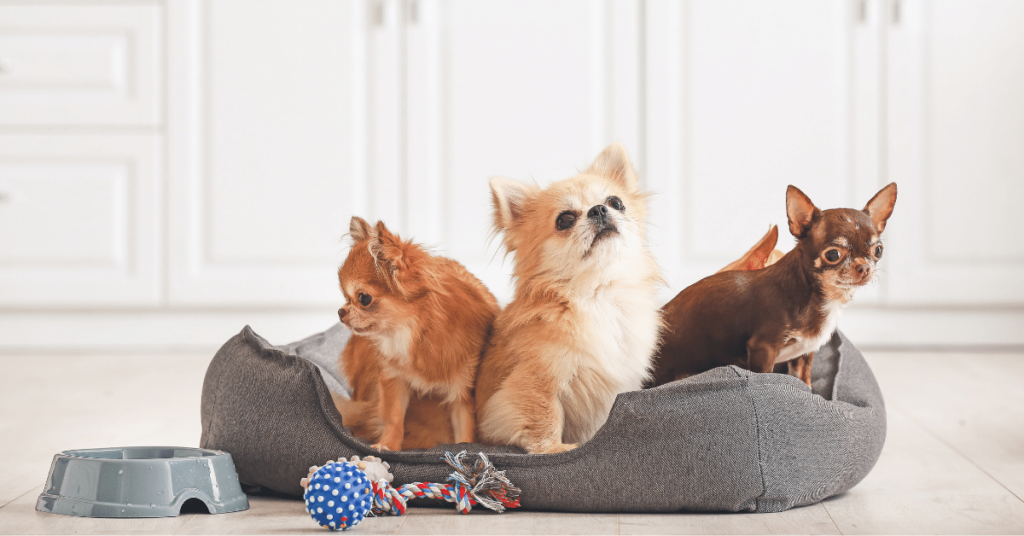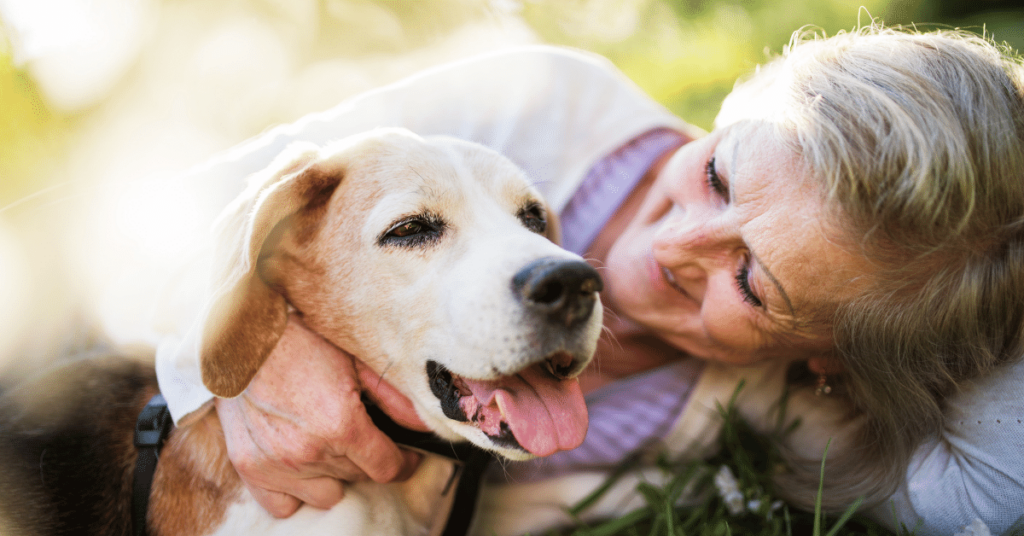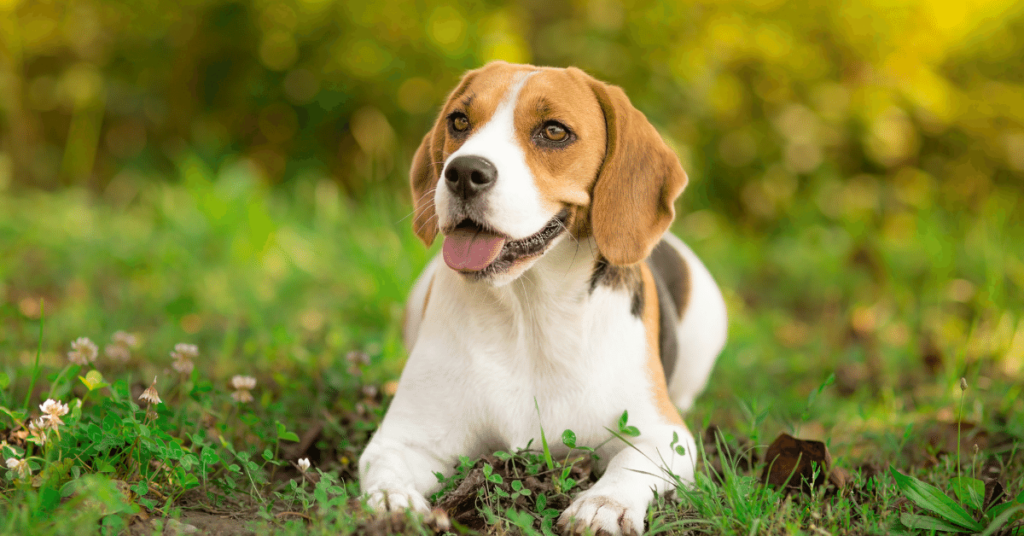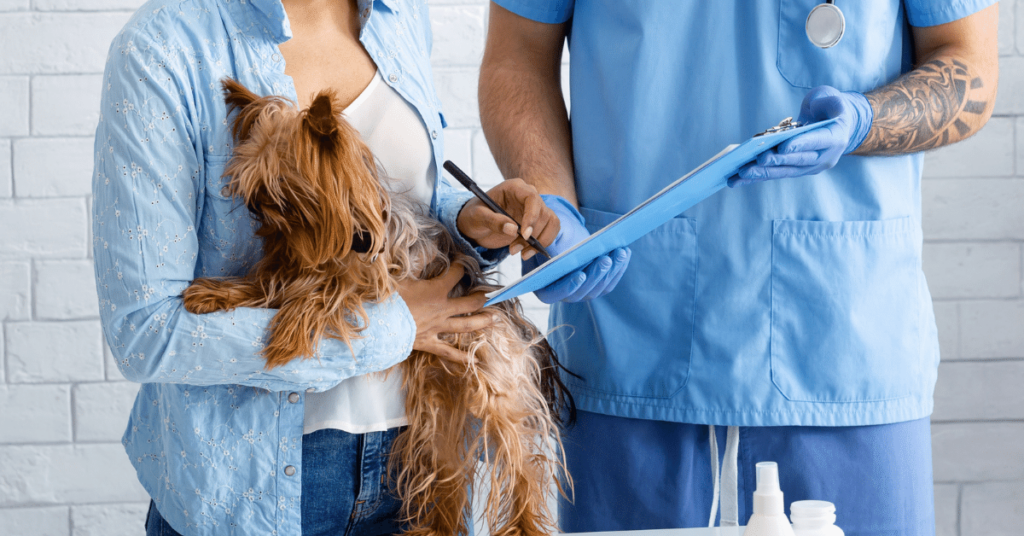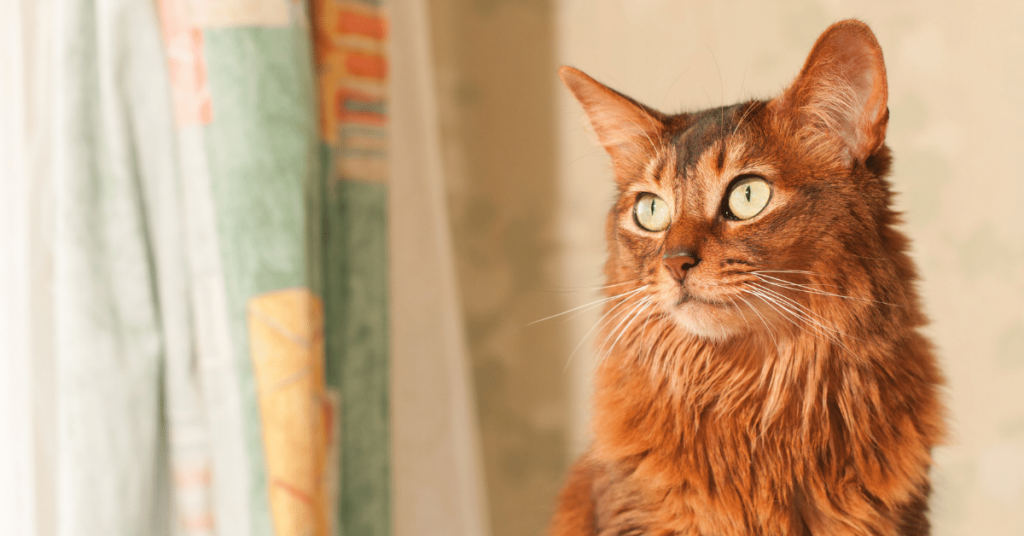Introduction
Having a pet at home brings immense joy and companionship to our lives. As responsible pet owners, it is crucial to ensure their safety and well-being within our homes. Creating a pet-friendly environment is essential to prevent accidents, promote their comfort, and provide a peaceful living space for both pets and their owners. In this article, we will delve into various aspects of pet safety at home and offer practical tips and guidelines.
Designating Safe Spaces
Creating safe and comfortable spaces for our pets is paramount. Just as we have our personal space, our furry friends need a designated area they can call their own. Provide them with a cozy bed, blanket, or a comfortable crate where they can retreat to whenever they need privacy or a little nap. This creates a sense of security for them and ensures they feel protected even when you are busy.
Securing Hazardous Areas
While our homes are designed with human safety in mind, they can present hidden dangers to our pets. Identify areas and items that pose a potential risk and take necessary precautions. Keep cleaning supplies, medications, and chemicals securely locked away in cabinets or high shelves where your pets cannot access them. Ensure that electrical cords are hidden or protected to prevent accidental chewing or entanglement.
Choosing Pet-Safe Plants
Indoor plants brighten up our living spaces, but some may be toxic to our pets if ingested. Research and choose pet-friendly plants to adorn your home. Non-toxic plants such as spider plants, Boston ferns, and African violets are excellent options that add beauty without harming our furry friends. On the other hand, plants like lilies, azaleas, and poinsettias should be avoided as they can be toxic to pets.
Eliminating Household Hazards
Everyday household items can pose a threat to our pets’ well-being. Keep small items like rubber bands, paperclips, and coins out of their reach to prevent choking hazards. Similarly, avoid leaving plastic bags, sewing needles, and strings unattended as they can lead to serious injuries if swallowed. Always secure trash cans with pet-proof lids to avoid curious paws from getting into potentially harmful garbage.
Maintaining a Tidy Living Space
Maintaining a clean and clutter-free living space not only ensures good hygiene but also prevents accidents or harm to our pets. Regularly vacuum and dust to eliminate dust mites or allergens that could affect your pet’s respiratory system. Ensure that sharp objects, such as knives or scissors, are safely stored away and not left within reach. Moreover, be cautious with common cleaning agents, as some can be toxic to our furry friends.
Childproofing for Pets
If you have children and pets in the same household, it is crucial to double up on safety precautions. Install baby gates to keep your pets away from areas where they may be exposed to potential dangers. Teach your children to handle pets with care and respect their personal space. Supervise their interactions and encourage gentle play to foster a harmonious relationship between children and pets.
Providing Ample Exercise
Regular exercise is vital for your pet’s physical and mental well-being. Ensuring they have sufficient opportunities to burn off energy will minimize destructive behavior due to boredom. Set aside time for daily play sessions or walks, depending on your pet’s breed and energy level. Not only does exercise help maintain a healthy weight and vitality, but it also strengthens the bond between pet and owner.
Ensuring Identification and Microchipping
Accidents can happen, and our beloved pets may occasionally wander off. To increase the chances of a safe reunion, make sure your pet has proper identification tags with up-to-date contact information. Additionally, consider microchipping your pet – a painless procedure that provides a permanent form of identification. Microchips greatly assist in reuniting lost pets with their owners and offer peace of mind when unforeseen circumstances occur.
Conclusion
Creating a pet-friendly environment is a fundamental responsibility for any pet owner. By designating safe spaces, securing hazardous areas, choosing pet-safe plants, and eliminating household hazards, we can ensure the safety and well-being of our beloved pets at home. Maintaining a clean and tidy living space, childproofing if necessary, providing ample exercise, and ensuring proper identification and microchipping are additional crucial steps in creating a secure and loving home for our furry companions. Let’s make our homes a sanctuary where our pets can thrive and flourish.

